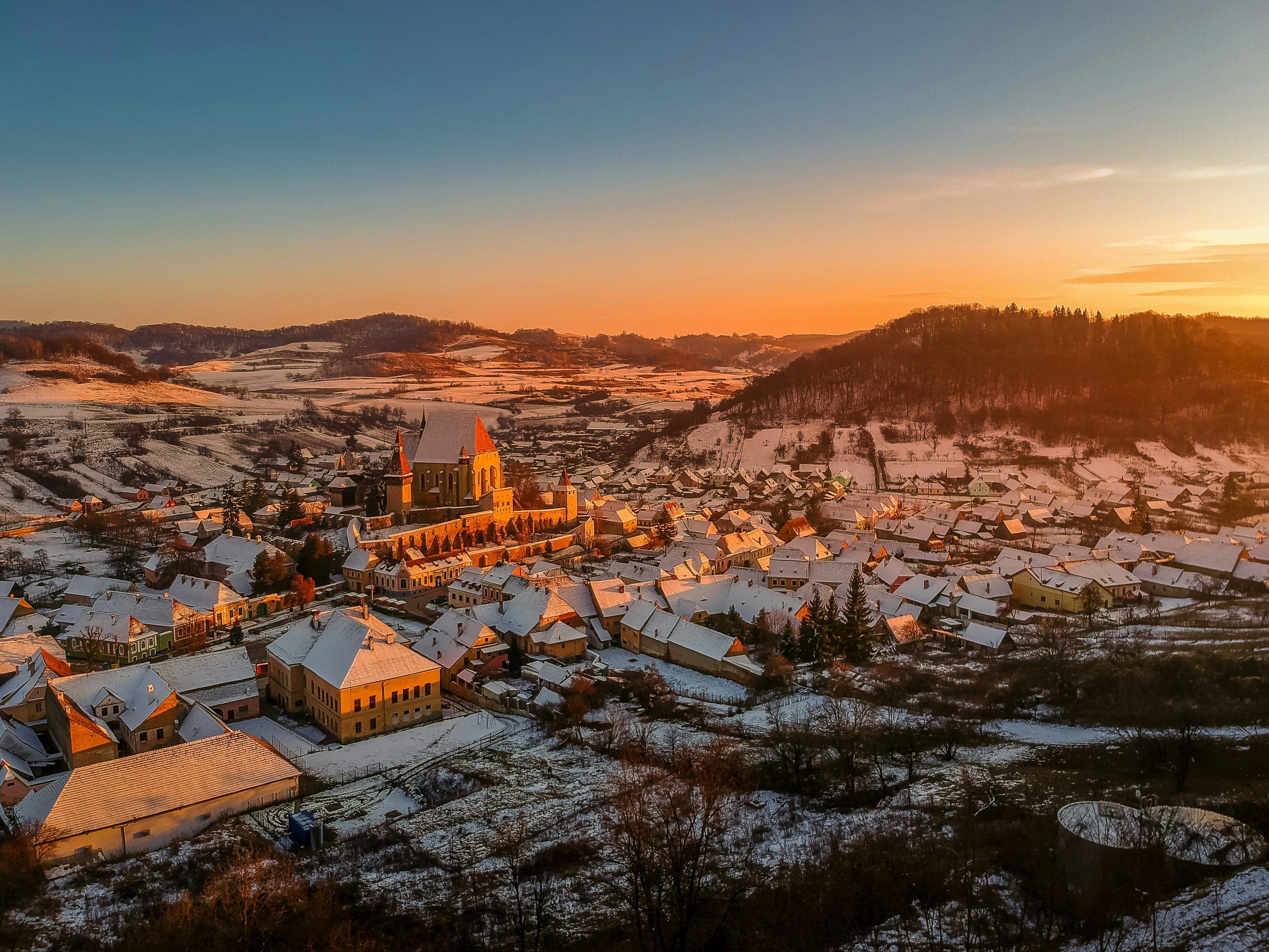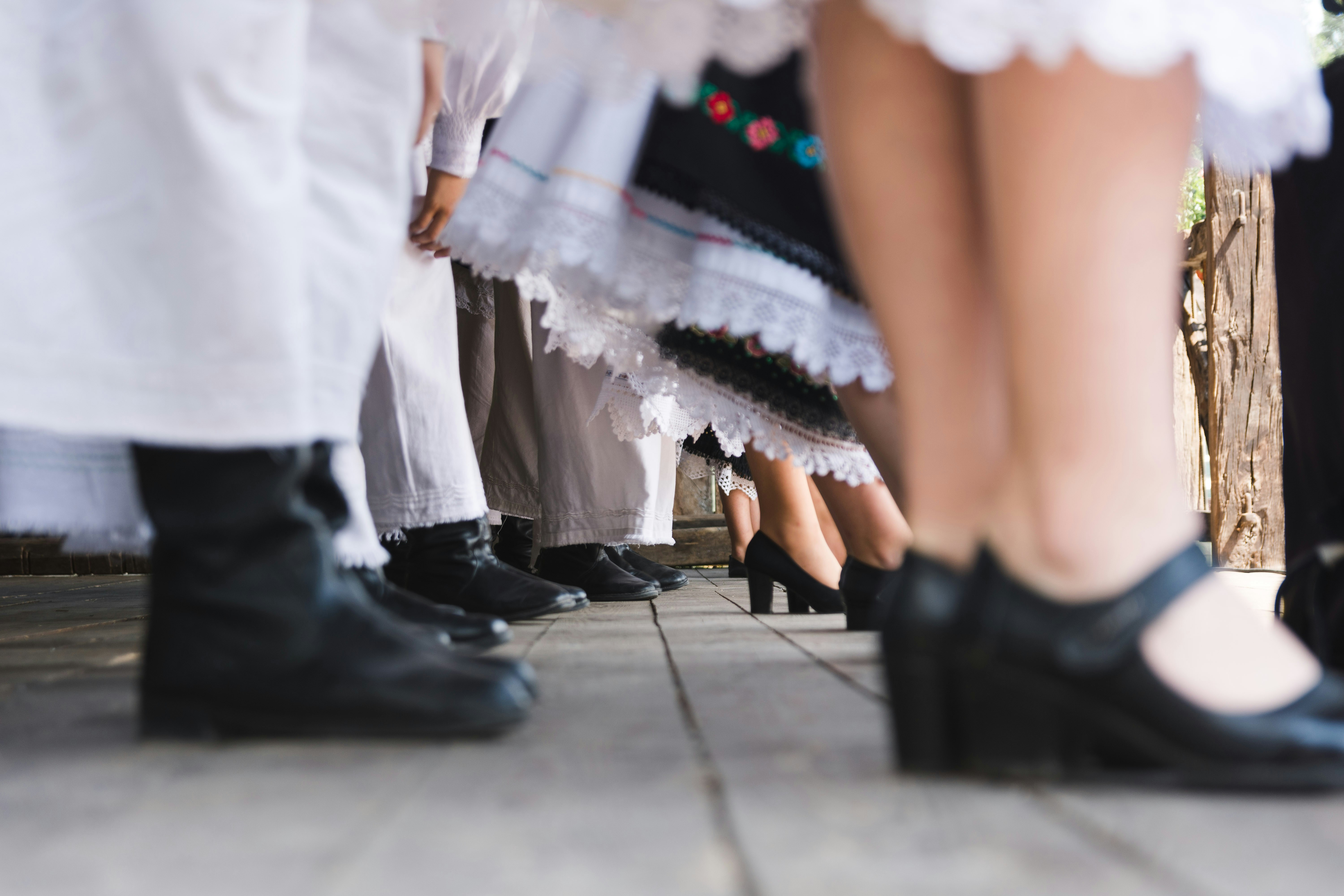Unveiling the Charms of Romania: A Guide to Cultural Riches
April 4, 2025 | by digital@msteam.co.uk
 Photo by Klaus Kreuer on Unsplash
Photo by Klaus Kreuer on Unsplash Cultural Mosaic: Understanding Romania’s Heritage
Romania’s heritage is a remarkable blend of influences that have shaped its identity over the centuries. The country, located at the crossroads of Europe and Eastern Europe, is characterized by a rich cultural mosaic reflecting various historic legacies. Among the earliest influences are the ancient Dacian tribes, whose customs laid the groundwork for Romanian traditions. Following the Dacians, the Roman Empire’s presence in the region significantly impacted language, infrastructure, and governance, leading to the development of the Romanian language, a Romance language that carries traces of Latin. This etymology sets Romanian apart from its Slavic neighbors and emphasizes the importance of historical roots in understanding its culture.
The subsequent periods saw the Ottoman Empire’s influence, which introduced diverse elements into Romanian society, particularly in religion and culinary arts. The intertwining of these cultures enriched Romania, creating a vibrant customs landscape marked by unique festivals and traditions. For example, the celebration of Martisor in March showcases the arrival of spring and highlights the importance of nature in Romanian folklore. Additionally, various religious practices across the country present a blend of Orthodox Christianity and local traditions, offering insights into the spiritual life of Romanians.
Regional variations further illustrate this cultural richness. From the vibrant wood carvings of Maramureș to the intricate embroidery of Moldavia, each province contributes distinct traditions that reflect local history and influences. Festivals such as Transylvania’s medieval fairs highlight the region’s unique history, stemming from its Medieval Saxon heritage, while also showcasing modern adaptations of age-old practices. As a whole, Romania’s cultural heritage weaves together an intricate tapestry of language, customs, and traditions that together foster a strong sense of identity among its diverse population. This dynamic cultural landscape invites exploration and celebrates the enduring essence of Romanian life.
Exploring Nature’s Bounty: Romania’s Landscapes and Biodiversity
Romania is a treasure trove of stunning natural landscapes and a rich tapestry of biodiversity that captivates nature enthusiasts and casual visitors alike. The country’s diverse geography encompasses the dramatic peaks of the Carpathian Mountains, the lush forests of Transylvania, and the unique wetlands of the Danube Delta. These distinct environments house an impressive variety of flora and fauna, making Romania a remarkable destination for ecological exploration.
The Carpathian Mountains, often referred to as the spine of Romania, provide a breathtaking backdrop for outdoor activities. With their steep slopes, alpine meadows, and dense forests, these mountains are home to a significant population of bears, wolves, and lynxes, which underscores the importance of conservation efforts in protecting these magnificent species. Numerous national parks, such as Retezat and Piatra Craiului, offer well-maintained trails for hiking enthusiasts, enabling them to immerse themselves in the area’s natural beauty while experiencing the serenity of the wilderness.
Conversely, the Danube Delta, recognized as a UNESCO World Heritage site, boasts one of the most biodiverse ecosystems in Europe. This vast wetland is home to over 300 species of birds, including pelicans and herons, making it a paradise for bird-watchers and eco-tourists. Visitors can engage in various outdoor activities such as kayaking, fishing, and guided boat tours, fostering a connection with nature and promoting sustainable tourism practices that benefit local communities and protect wildlife.
Throughout Romania, the interplay of landscapes and ecosystems creates numerous opportunities for ecological tourism. Activities like hiking in the Carpathian Mountains or exploring the waterways of the Danube Delta not only provide memorable experiences but also strengthen appreciation for Romania’s natural heritage. In recognizing and valuing these regions, both locals and tourists alike contribute to the ongoing efforts to preserve Romania’s remarkable biodiversity and ensure that its landscapes remain a cherished part of the country’s cultural identity.
RELATED POSTS
View all


